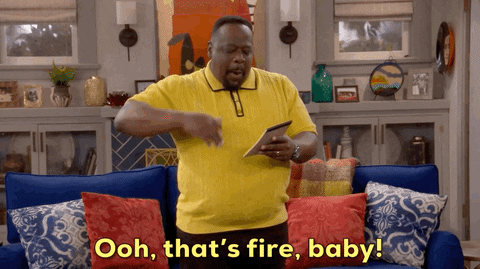By head-hopping I mean switching from the point-of-view of one character to another in the same scene.
Why is head-hopping bad for your story?
- It makes your story less authentic.
In real life, I only know what I am thinking, feeling, seeing and hearing. I can’t know that another person sees or experiences the same thing in the same way I do. Audio-visual signals help me make assumptions, but I’m still only ever in my own head. - It makes your story less immersive.
Head-hopping reminds your reader that they’re reading a story, rather than allowing them to suspend belief and immerse themselves into it. You want your reader to become the character; think, feel, see, hear and taste as if they are that character. Head-hopping means being in everyone’s head in that one scene and authenticity takes a dive off a steep cliff. - It diminishes suspense.
By limiting the information (senses) that we have access to, you maintain the suspense in the story. It means that when we (through the POV of one character) see a twitching mouth, a sombre expression, a furtive glance, we have to think, decipher what they mean. That creates suspense. - It’s confusing.
Having to keep track of who’s POV is which is like herding cats for a reader: you’re working double time to figure out whose thoughts and feelings you’re supposed to be experiencing. Dropping your reader cold like this is a literary misfire and a sure way to get them to DNF your book because it was too confusing to keep up.
In order to form an emotional connection with your reader, you have to make your line of communication with them as direct as possible.
Eliminate all obstacles in the way of your reader falling head-over-heels into your story like Alice down the rabbit hole.
You create loveable characters. And then you take a sledgehammer to their comfort.
And if you’ve done your job right, your reader is on the edge of their seat.
Unclear POV is one of those things that quickly erects a barrier between the reader and your story.
Sharing the inner thoughts and feelings of your character is how you give your reader a glimpse into their situation, their personality, their opinion of things.
You should always choose your POVs and your POV changes carefully.
Even big-name authors who do head-hopping “the right way” still struggle to make it as compelling as telling it from a single point of view.
The whole point of a story is to zoom into the personal level and dig out those personally significant experiences.
It’s the reader’s job to then find the universal truths in your specific story that they find applicable elsewhere.
An impersonal approach to storytelling means receiving a lot of data. And humans can’t handle a lot of data.
We’re hardwired to focus on things narrowly, one thing at a time.
To forge emotional connections to other individuals because empathy is one of the pivotal aspects of our survival as a species.
And you know you’ve done a bad job when your readers come away from your story with whiplash from trying to keep up with the writing.
You know you’ve done a POV change well when it delivers an impact, elicits curiosity when it makes your reader sit up and go, “Oh, hang on!”
In the end, it doesn’t matter how good the story is if people aren’t reading through it.
Want to get more out of reading books?

Grab this FREE guide on how to start a reading journal, complete with review templates, reading trackers and bingo sheets.
Understand yourself better as a reader, engage more with the books you read & make space for creative self-expression. Get it now!





